General Info – summary
This thickset Tree has a thick corky trunk & may reach 18m high or much less. Twice compound, Leathery, shiny Leaves have long petioles, hairless margins & usually evergreen. The leathery leaflets are shiny and have a tapering or pointed apex. Greenish yellow, 5-merous Flowers are in simple spikes. 5 Anthers have 2 theca. The 2 locular, inferior ovary extends above into 2 styles. The Fruit is a drupe with small seeds.
Description
Cussonia spicata
Previous Names: Cussonia kraussii.
SA Tree No. 564.
Common names: (Afr) Bergkiepersol, Kiepersol, Kiepersolboom, Nooiensboom, Nooisboom, Oumeidboud, Sambreelboom, Waaiboom, Weiboom. (Eng) Cabbage Tree, Mountain Cabbage Tree, Common Ladies Cabbage-tree. (Northern Sotho) Motshetshe, Mosetshi. (Setswana) Mosetse. (siSwati) Umsenge, Umsenga. (Tshivenda) Musenzhe. (isiXhosa) Umsenge. (isiZulu) Umsenge. (Xitsonga) Musenje.
Family Araliaceae: (Ivy and cabbage-tree family). The family includes trees, shrubs, vines and herbs. The mainly woody species are of tropical distribution. In southern Africa, there are 5 genera and about 18 species. Those genera with trees on this website include Cussonia and Schefflera. Leaves are usually alternate. They may also be once or twice digitally compound. 1-3 bracts that persist around the fruit, subtend the regular, bisexual or unisexual Flowers. In Cussonia the flowers are in spikes or racemes and in Schefflera flowers are umbels, in panicles. The Calyx is often reduced. There are usually as many Stamens as Petals. Anthers are ovate or oblong with 2 pollen sacs. The usually 5 petals are attached to the inferior, 2-locular Ovary. Each locule has a single ovule. Styles equal the number of locules. The often-fleshy Fruit is usually a drupe or berry. It may split into individual carpel units, called mericarps, with 1 or more seeds.
Name derivation: The name Cussonia was given by Carl Peter Thunberg to commemorate the French botanist, Pierre Cusson (1727-1783). He was professor of Botany at the University of Montpellier in France. He specialised in the Apiaceae or Umbellifera. spicata – in spikes: referring to the flowers. About 10 species of the genus Cussonia occur in the southern Africa.
Conservation: National Status: L C. (Least Concern). Assessment: 2005 (W. Foden and L. Potter).
Tree
The thickset or slender or squat Tree has a spreading; much branched, rounded crown that may be slender. The height varies between 3 and 18m (photo 430). The slender, squat, or robust, but palm like Trunk is up to 46cm in diameter. The grey to light brown Bark ages to thick, rough and corky (Photo 429 & 150). Branches may occur from the base of the stem (photo 665) or far above (photo 430). The young bark has clearly visible leaf scars.
- 430 2018.09.16 Kirstenbosch NBG. Photo: David Becking.
- 665 2014.12.23 Walter Sisulu NBG. Photo: David Becking.
- 429 2018.09.16 Kirstenbosch NBG. Photo: David Becking.
- 150M 2014.01.02 Walter Sisulu NBG. Photo: David Becking.
Leaves
These usually evergreen trees have hairless Leaves that are crowded at the ends of the trunk or branches (photo 430 under Tree). Each branch ends with a large head of leaves. Individual leaves are up to 1m in diameter. The leaves are usually bipinnate (here the central axis – rachis has lateral “branches” not leaflets and the leaflets are on these “side branches”- photo 464). The Petiole is sturdy, up to 100cm long (usually about half this) and has swollen ends. The leaflets arise from this single point at the end of the petiole (leaf stalk – photo 464). The leaf is twice compound. The first division is palmate. From the top of the petiole, arise the Midribs (the main rib of a leaf or leaf-like part, a continuation of the petiole) on which the leaflets can be seen). The midrib is clearly visible on both sides but more so on the lower side (photo 293). After the first division, the margins of the lobes are so deeply divided that they reach the midrib, creating the Leaflets or Pinnules (the final free division of a pinnately compound leaf – photo 292). A total of 5-9 leaflets may develop. Mature leaflets are leathery, shiny, dark green to blue or grey green and are darker above. The Apex ranges between tapering and having pointed tips (photo 293), whereas the Base tapers. Margins are either entire (with a continuous margin, not in any way indented) or sharply and unevenly serrated – above the base (photo 293).
- 464 2014.01.14 Walter Sisulu NBG. Photo: David Becking.
- 989 2014.04.01 Walter Sisulu NBG. Photo: David Becking.
- 292 2016.11.08 Pretoria NBG. Photo: David Becking.
- 293 2016.11.08 Pretoria NBG. Photo: David Becking.
Flowers
The greenish yellow bisexual Flowers are in 8-12 closely packed simple Spikes (simple indeterminate inflorescence with sessile flowers on a single unbranched stalk) forming a candelabrum-like head (photo 431 under Fruit). These spikes are up to 15 x 4cm, and each is on a long thickish Peduncle (stalk of flower cluster). Flowers have a pronounced Calyx consisting of 5 leaf-like Sepals at the base of a flower that protect the bud during development. There are up to 3 Bracts (bract – a much-reduced specialised leaf, particularly the small scale like leaves in a flower cluster or associated with flowers at the base of each flower). The Corolla has 5 Petals. There are 5 Stamens present and each Anther has 2 Thecae (pollen sacs). There is a single Pistil (a unit of the Gynoecium, the female element of the flower, composed of the Ovary, Style and Stigma). The 2-locular Ovary is inferior (one, which is seemingly below the calyx). The 2 Styles extend above the ovary. (Nov-May).
Fruit
The spherical to almost angular Fruit is fleshy and laterally compressed Drupe that is about 5mm+ in diameter. These fruit are stalkless and densely clustered along the spikes (photo 431 & 433). They occur in double umbels, taking 2 seasons to develop. Floral bracts clasp the fruit, which becomes purple when mature (Jun-Sep). The purplish Seeds are oblong to nearly spherical.
- 431 2018.09.16 Kirstenbosch NBG. Photo: David Becking.
- 391 2017.10.02 Pretoria NBG. Photo: David Becking.
- 433 2018.09.16 Kirstenbosch NBG. Photo: David Becking.
Distribution & Ecology
These palm-like Trees occur from close to sea level up to an altitude of 2 000m – in bushveld, forest margins, mixed deciduous woodlands and rocky outcrops. Further north they occur at higher altitudes. The variable size (5-18m high, slender or robust) partly depends on environmental conditions. In South Africa they occur in the Western Province, Eastern Province, KwaZulu-Natal, Mpumalanga, Gauteng, and Limpopo. They also occur in Lesotho, Swaziland and northwards to include Botswana, and Zimbabwe – eastern Highlands, central and southern Mozambique, Zambia, Malawi and into tropical Africa. Plants also occur in Mauritius, Reunion and Rodrigues. Trees are both drought and frost resistant and grow in a variety of soil types. Locusts can defoliate the trees. Elephants, kudu, Knysna Lourie (Tauraco), mousebirds and Bulbuls eat the Flowers. Knysna Tauraco, mousebirds and starlings eat the Fruit, as do the large blue emperor Charaxes bohemani butterflies – found in southern and eastern Africa. The fruit, which ferments after rain, feeds their larvae. These butterflies are black on the upper side, with bands of white, orange or blue. Black rhino consume Bark. Baboons consume Roots and young Shoots.
Ethnobotany
This is a fast-growing attractive tree. It does well in rocky positions and tolerates light frost. The Wood is bluish white, coarse grained, very soft and decays relatively quickly. Feeding trays and drums are made from the wood. Roots store moisture and are consumed in an emergency. However, there is a report suggesting that roots are poisonous. Leaves make good fodder. The tree is usually raised from fresh Seed. Young seedlings do best if initially kept in light shade. Thereafter they thrive best in full sun, reasonably spaced apart and with a reasonable water supply. Local medicine makes use of this plant.
References
Boon, R. 2010. Pooley’s Trees of eastern South Africa. Flora and Fauna Publications Trust, Durban.
Burrows, J.E., Burrows, S.M., Lotter, M.C. & Schmidt, E. 2018. Trees and Shrubs Mozambique. Publishing Print Matters (Pty) Ltd. Noordhoek, Cape Town.
Coates Palgrave, M. 2002. Keith Coates Palgrave Trees of Southern Africa. edn 3. Struik, Cape Town.
Foden, W. & Potter, L. 2005. Cussonia spicata Thunb. National Assessment: Red List of South African Plants version 2020.1. Accessed on 2023/02/07.
Ginn P.J. Mcilleron W.G. and Milstein P. le S, 1989. The Complete Book of Southern African Birds. Struik, Cape Town.
Lawrence, G. H. M, 1951. Taxonomy of Vascular Plants. The Macmillan Company, New York. Tenth Printing 1965.
Palmer, E. & Pitman, N. 1972. Trees of southern Africa. Balkema, Amsterdam, Cape Town.
Schmidt, S. Lotter, M. & McCleland, W. 2002. Trees and Shrubs of Mpumalanga and the Kruger National Park. Jacana, Johannesburg.
van Wyk, B. & van Wyk, P. 1997 Field guide to Trees of Southern Africa, Struik, Cape Town.
http://www.plantzafrica.com/plantcd/cussonspic.htm
http://www.smgrowers.com/products/plants/plantdisplay.asp?plant_id=3800
http://www.zimbabweflora.co.zw/speciesdata/species.php?species_id=142930
http://www.learnaboutbutterflies.com/Africa%20-%20Charaxes%20protoclea.htm
http://posa.sanbi.org/flora/browse.php?src=SP

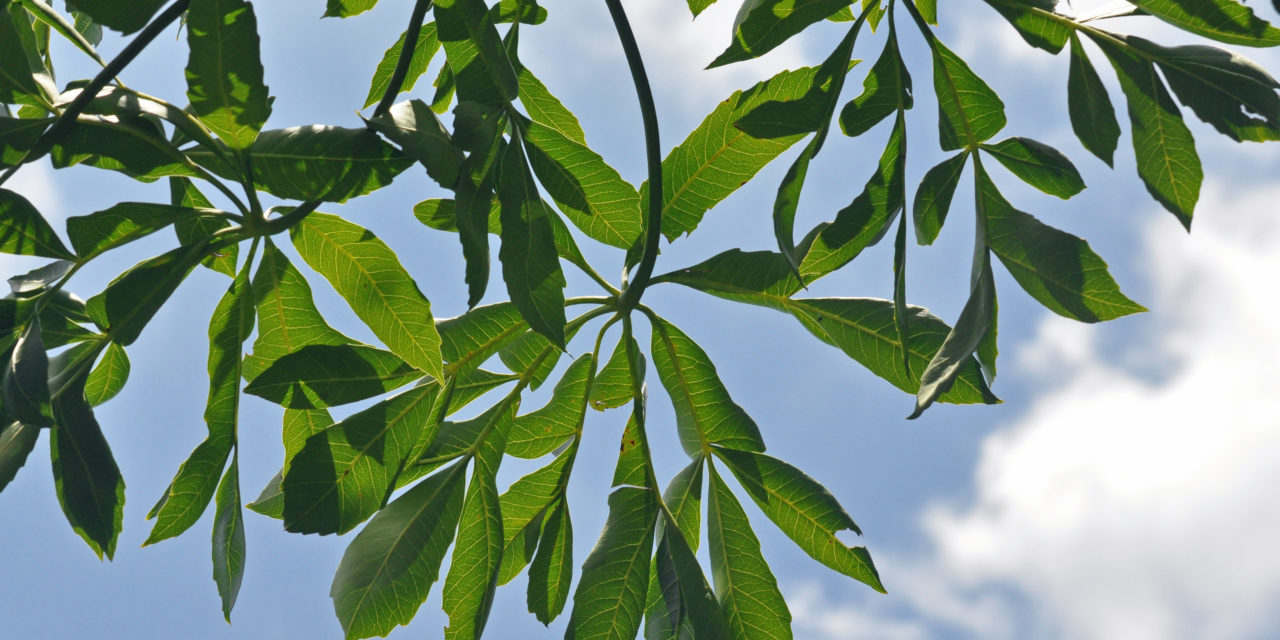
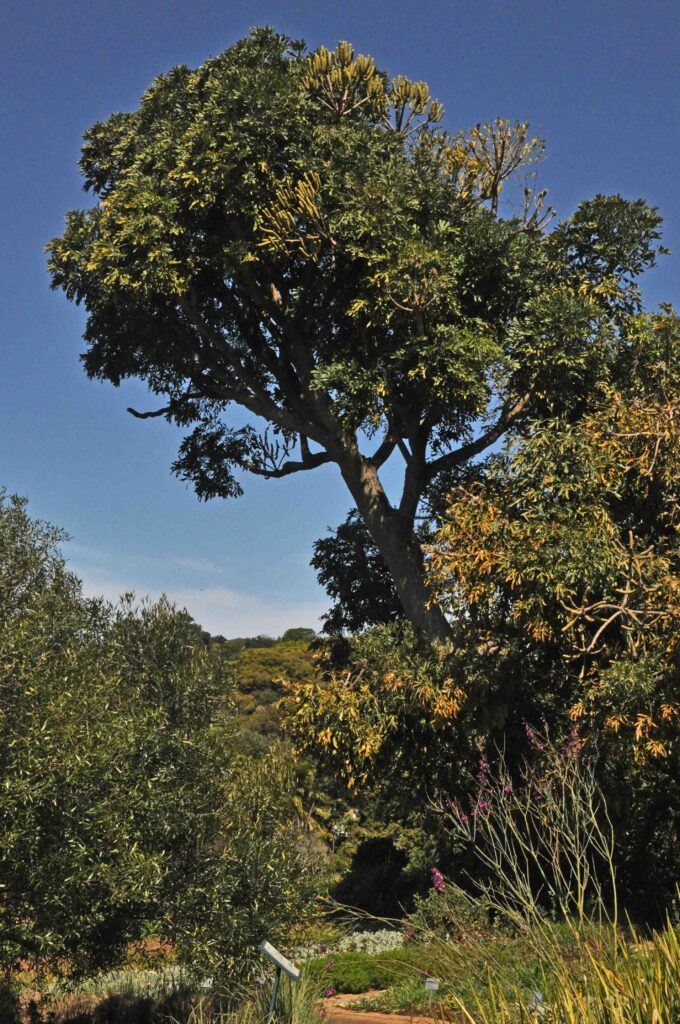
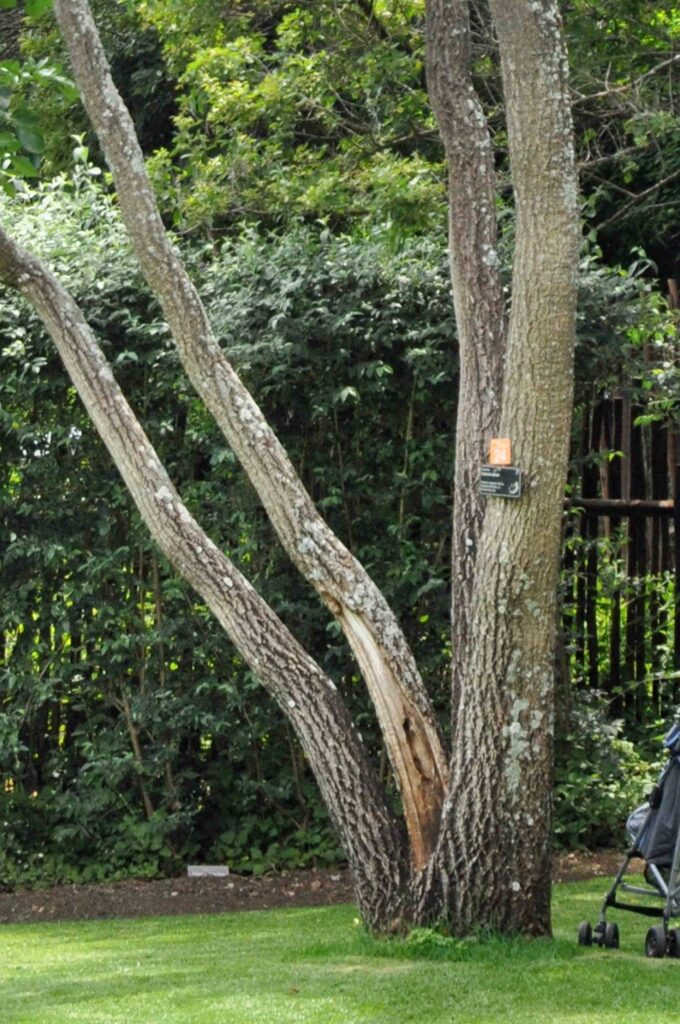
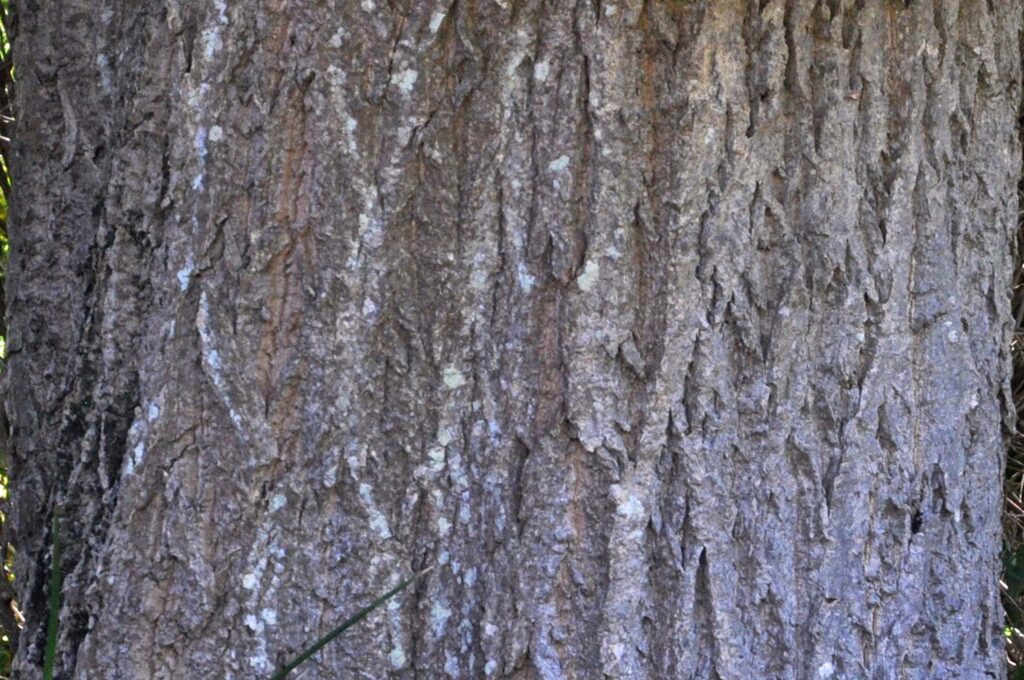
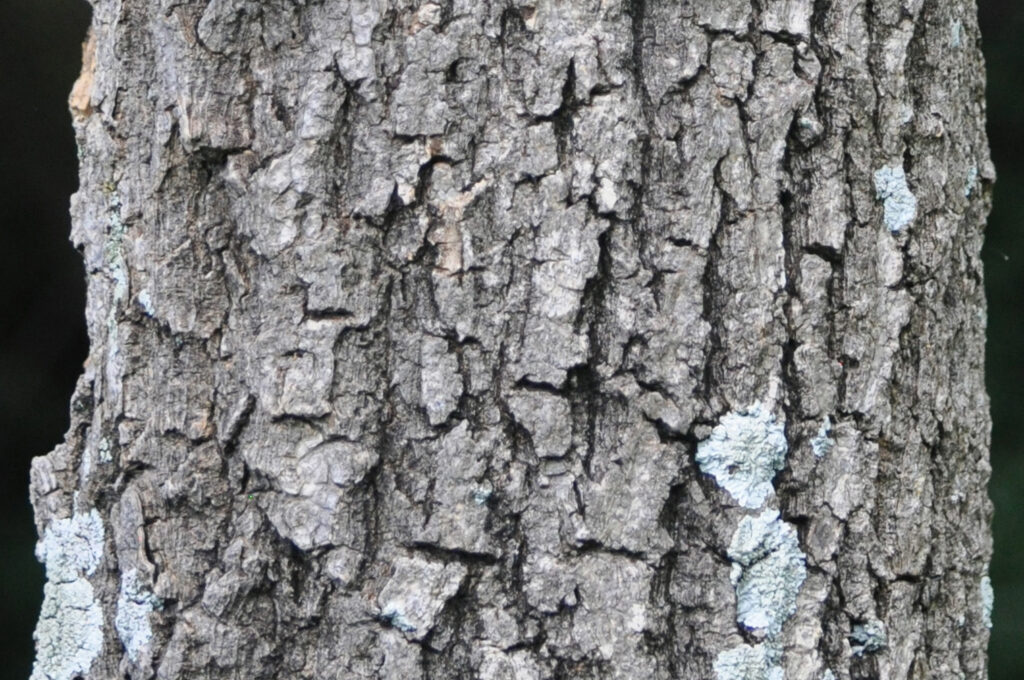
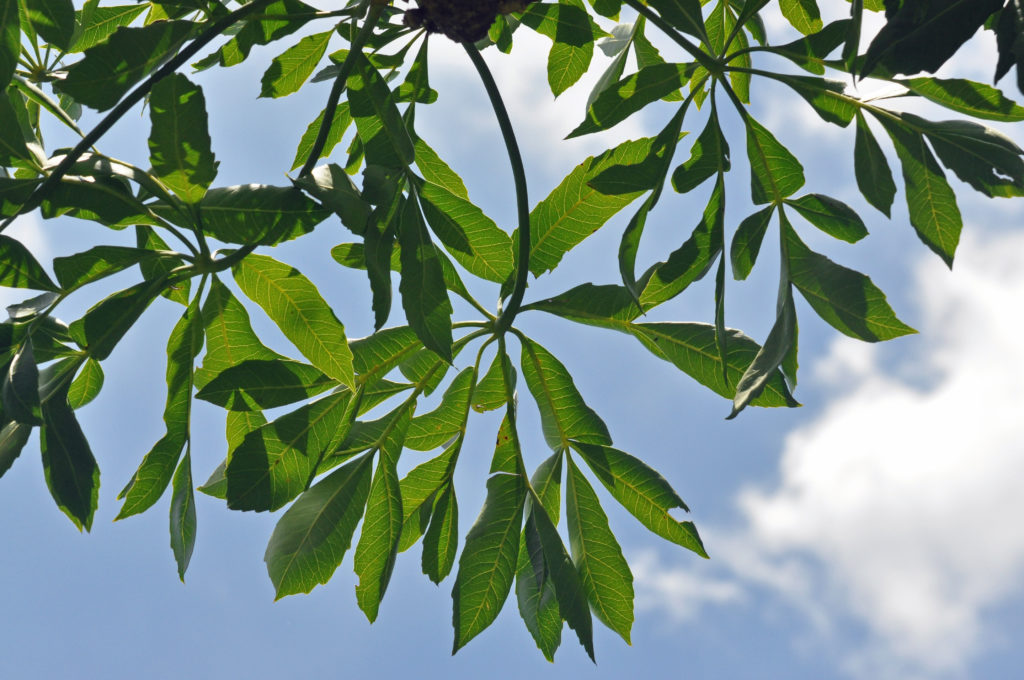
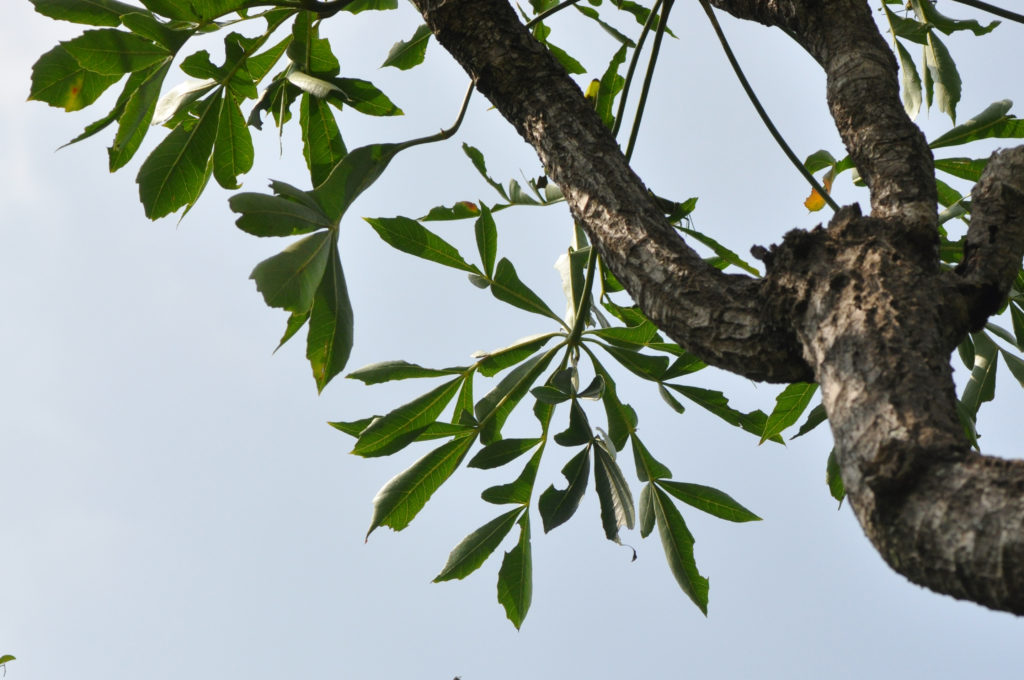
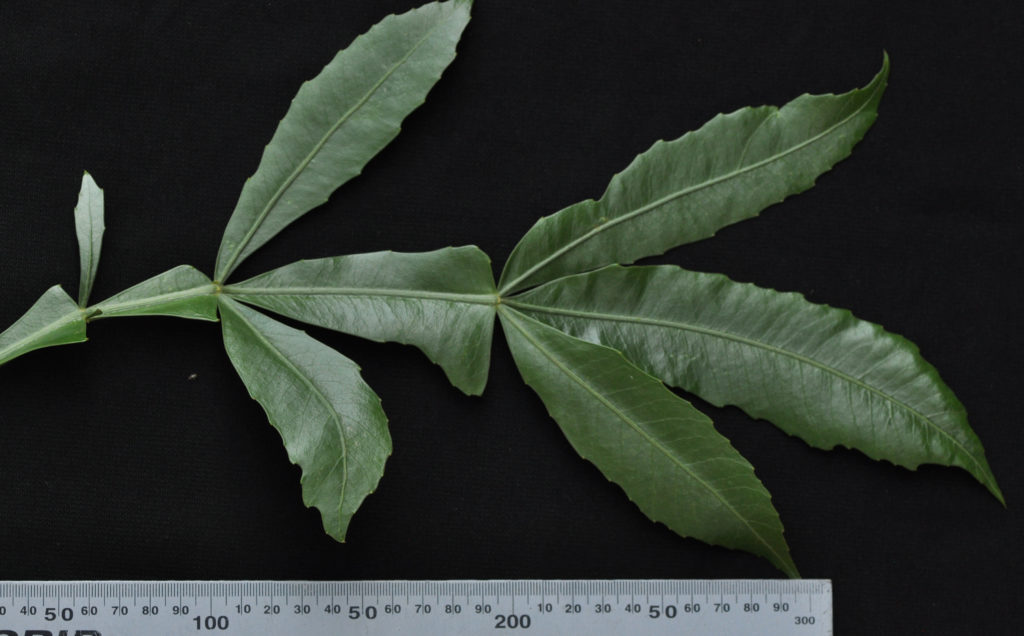
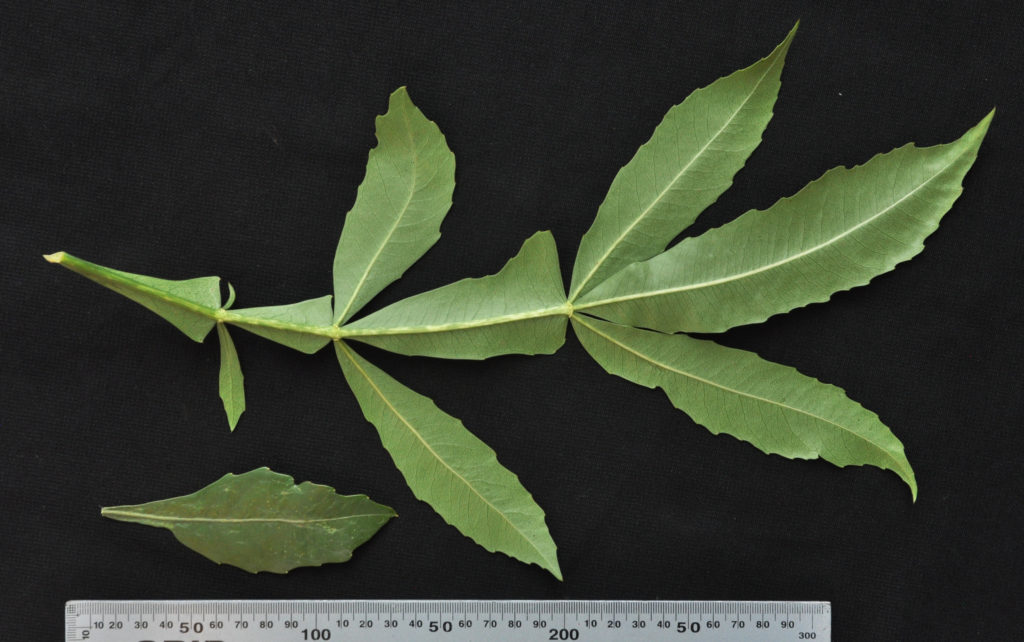
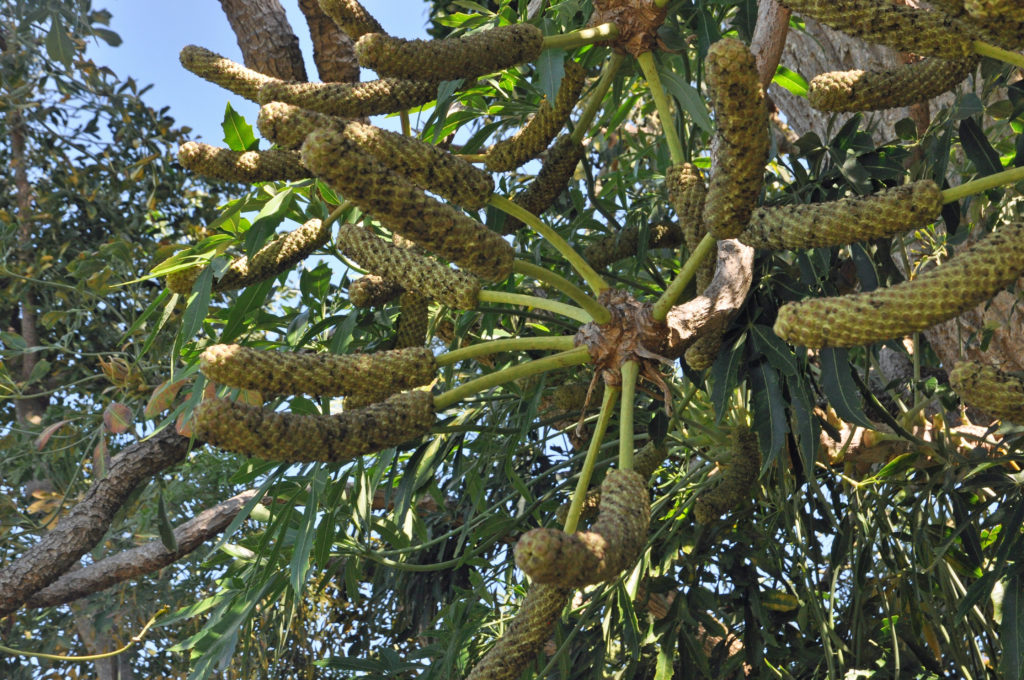
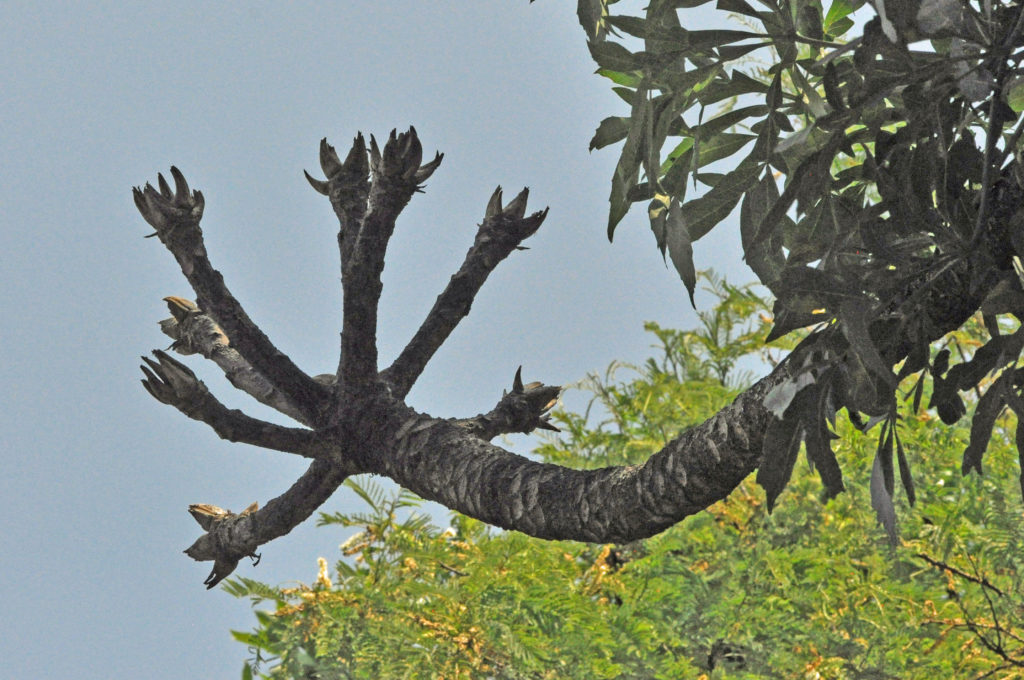
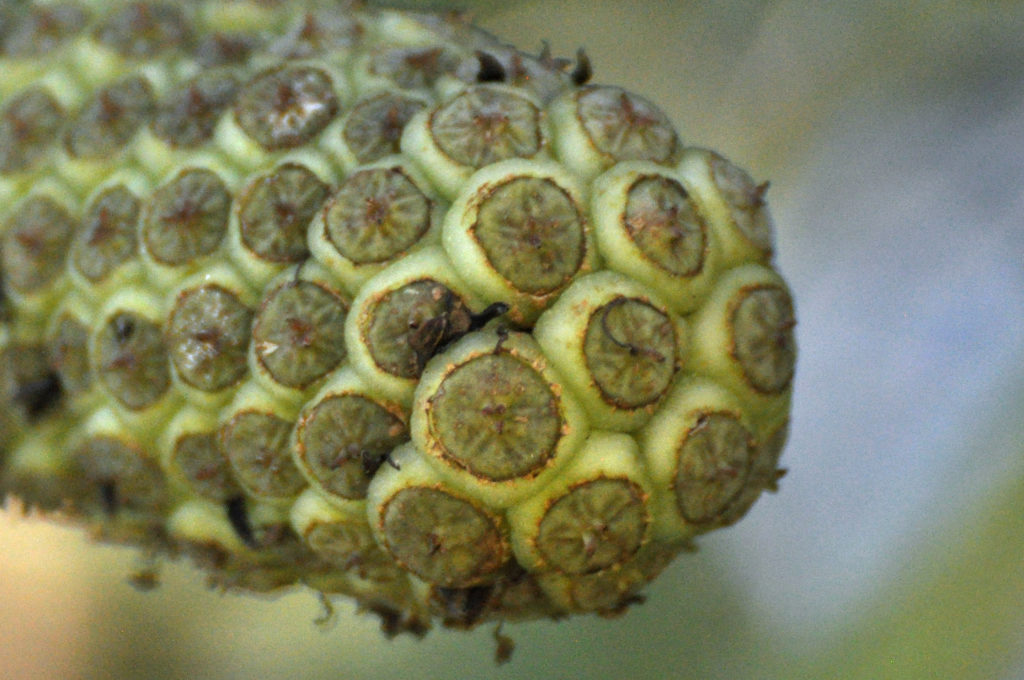
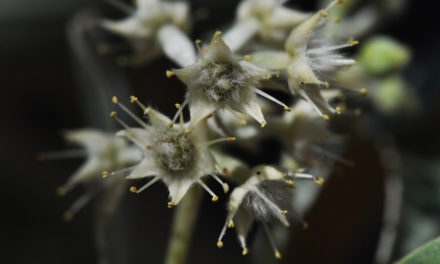

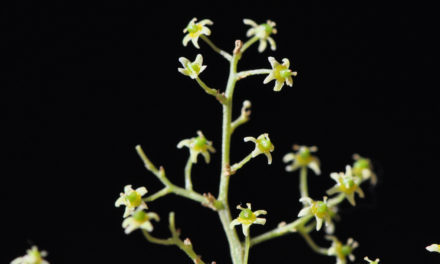
Can I replant a Cussinia Spicata in the Free State ?
Greetings Ammi
Thanks for your question. Winters may be a problem but in a moveable pot they should be fine.
Take care.
David Becking